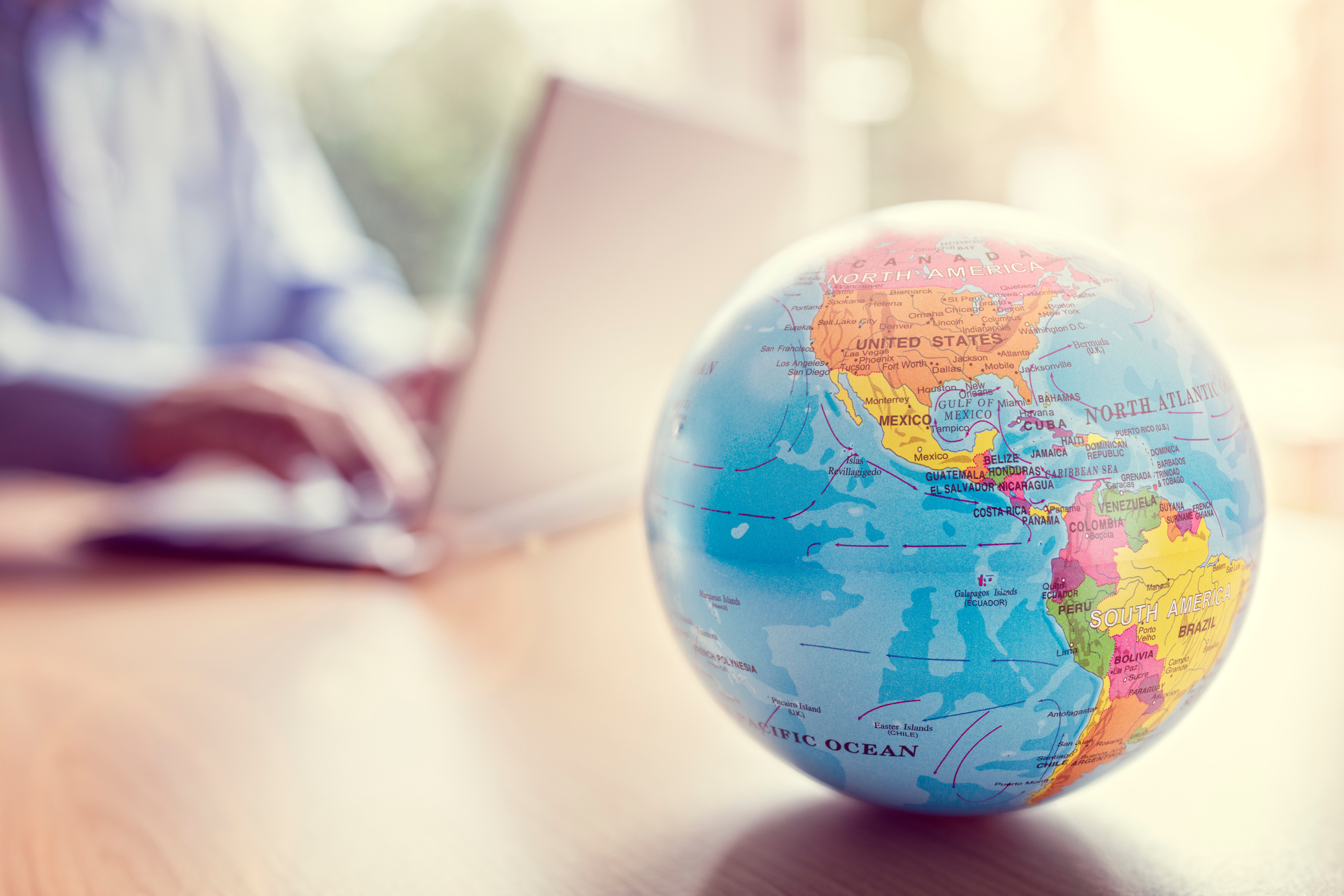Digital health goes global and continues to grow up

How to deal with new and emerging technologies is an ongoing problem for healthcare stakeholders, who often struggle to keep up with the pace of change.
At a regulatory level the US Food and Drug Administration (FDA) with its Digital Health Innovation Action Plan and, though to a lesser extent the European Medicines Agency (EMA), have made big strides to engage with the new digital health world.
Now it’s the turn of the leading international public health agency, the World Health Organization (WHO). The changes it has already put in place this year could well put digital health on the path to a new phase of maturity.
WHO digital health guidelines
Just last month the WHO released its first ever guidelines on digital health and, in doing so, laid down a challenge for digital health companies to prove they and their technology can improve people’s health and essential services.
“If digital technologies are to be sustained and integrated into health systems, they must be able to demonstrate long-term improvements over the traditional ways of delivering health services,” the WHO’s chief scientist Dr Soumya Swaminathan said.
An Indian paediatrician and clinical scientist, Dr Swaninathan is a globally recognised researcher on tuberculosis and HIV. As of March, she is also the first head of the WHO’s newly-formed Division of the Chief Scientist, where she leads the WHO’s digital health strategy.
The aim of this is to “harness the power of digital health and innovation” by supporting countries to assess, integrate, regulate and maximise the opportunities of digital technologies and artificial intelligence.
Her appointment was part of the most wide-ranging reforms in the organisation’s history, which also saw it create a new Department of Digital Health and a Department of Data, Analytics and Delivery.
These and the reform’s other changes were, WHO director-general Dr Tedros Adhanom Ghebreyesus said, “about changing the DNA of the organisation”, adding: “Our vision remains the same as it was when we were founded in 1948: the highest attainable standard of health for all people. But the world has changed.”
Within our increasingly digital world the WHO digital health guidelines may ultimately do the most for the global spread and uptake of digital health, supporting health tech expansion around the world, while ensuring its use is appropriate.
“Digital health is not a silver bullet,” cautioned Bernardo Mariano, WHO’s chief information officer. “WHO is working to make sure it’s used as effectively as possible. This means ensuring that it adds value to the health workers and individuals using these technologies, taking into account the infrastructural limitations, and ensuring that there is proper coordination.”
Keeping pace with digital health
The WHO guidelines look to be the first ‘global’ digital health guidelines, but they haven’t been developed in isolation and many others have been working on related standards.
In the same month that the WHO guidelines were released, UK health technology assessment body NICE launched a new online tool to help a range of health technologies, including those in digital health, to clarify market access routes and understand what information is needed from them by decision-makers in the UK’s health and social care system.
HealthTech Connect is intended to be a clear and simple point of entry for companies and aims to reduce the complexity that is often faced by digital health companies trying to get their technologies adopted in the UK. It also comes just a few month's after the HTA body's publication of new digital health technology standards.
Meanwhile, the European Medicines Agency (EMA) and Heads of Medicines Agencies (HMA) have been working on understanding the acceptability of big data-derived evidence when it comes to supporting regulators’ evaluation and supervision of medicines.
Their Joint Big Data Taskforce report, released in February, set out a number of steps towards regulatory acceptance of big data. These start with data standardisation and include the need to link genomics data with clinical outcomes as well as the urgent need to enable timely access to data that is representative of the European population.
It’s certainly an auspicious time for venerable medical journal The Lancet to make a dedicated move into digital health. April’s debut issue of The Lancet Digital Health looked at AI in diabetic retinopathy screening, mobile phone-enabled adherence in HIV/AIDS and asked whether healthcare data is the new blood.
Having covered in previous month’s articles the gathering momentum of AI in pharma and the huge expansion in Amazon’s healthcare plans, the broader digital health narrative has the direction of travel as it moves towards the medical and healthcare establishment.
There are so many different threads in digital health to weave together that gauging the sector’s maturity can be difficult. But, with the release of the first global digital health guidelines from the WHO, accurately representing its importance just got a great deal easier.




